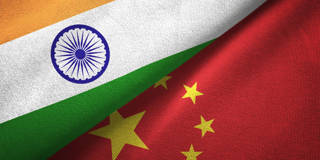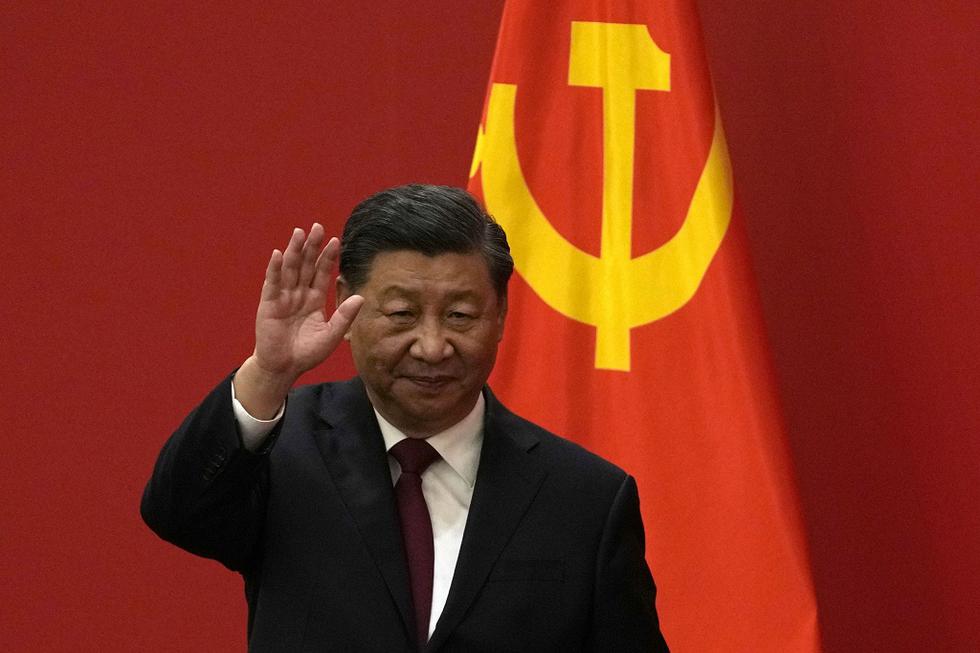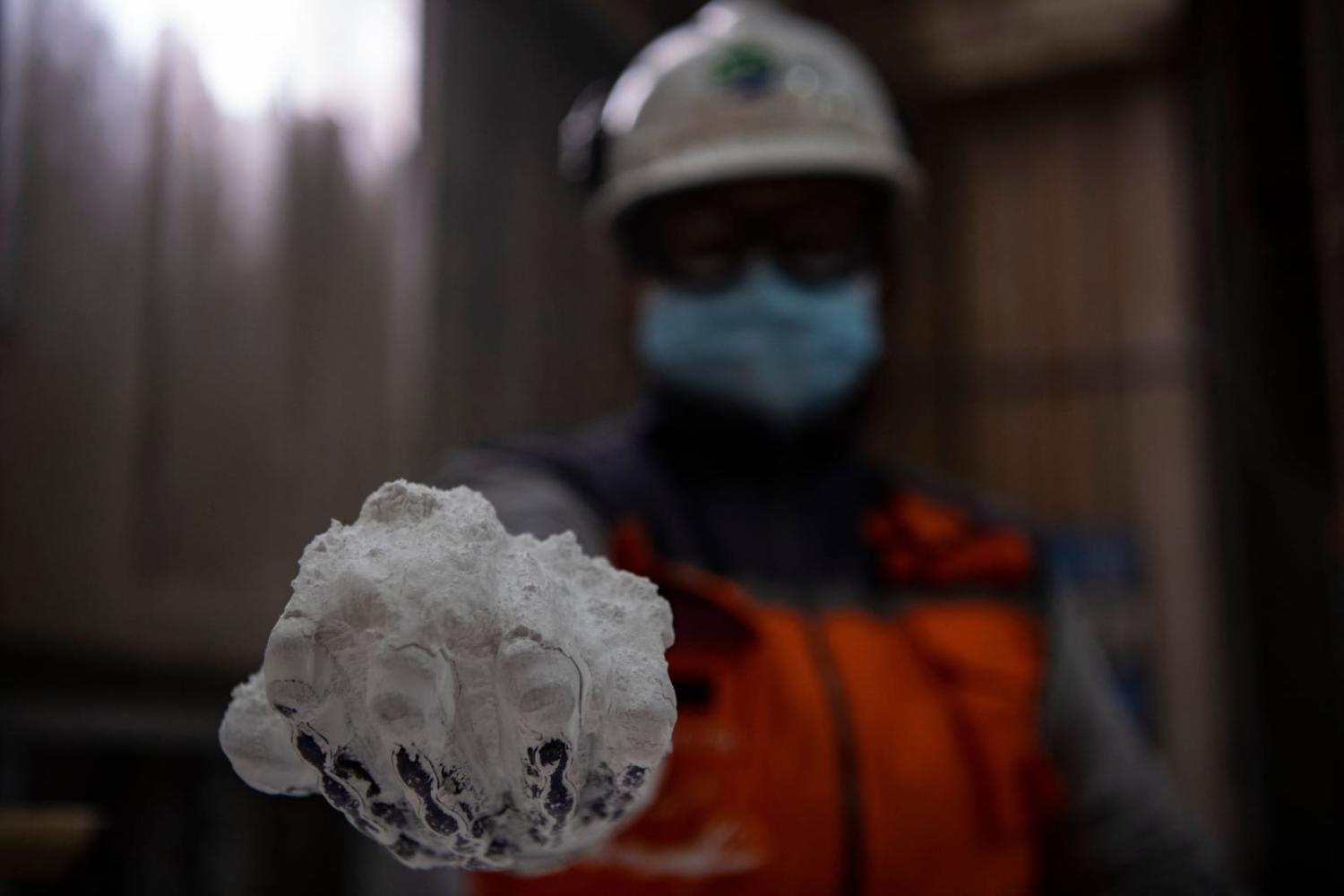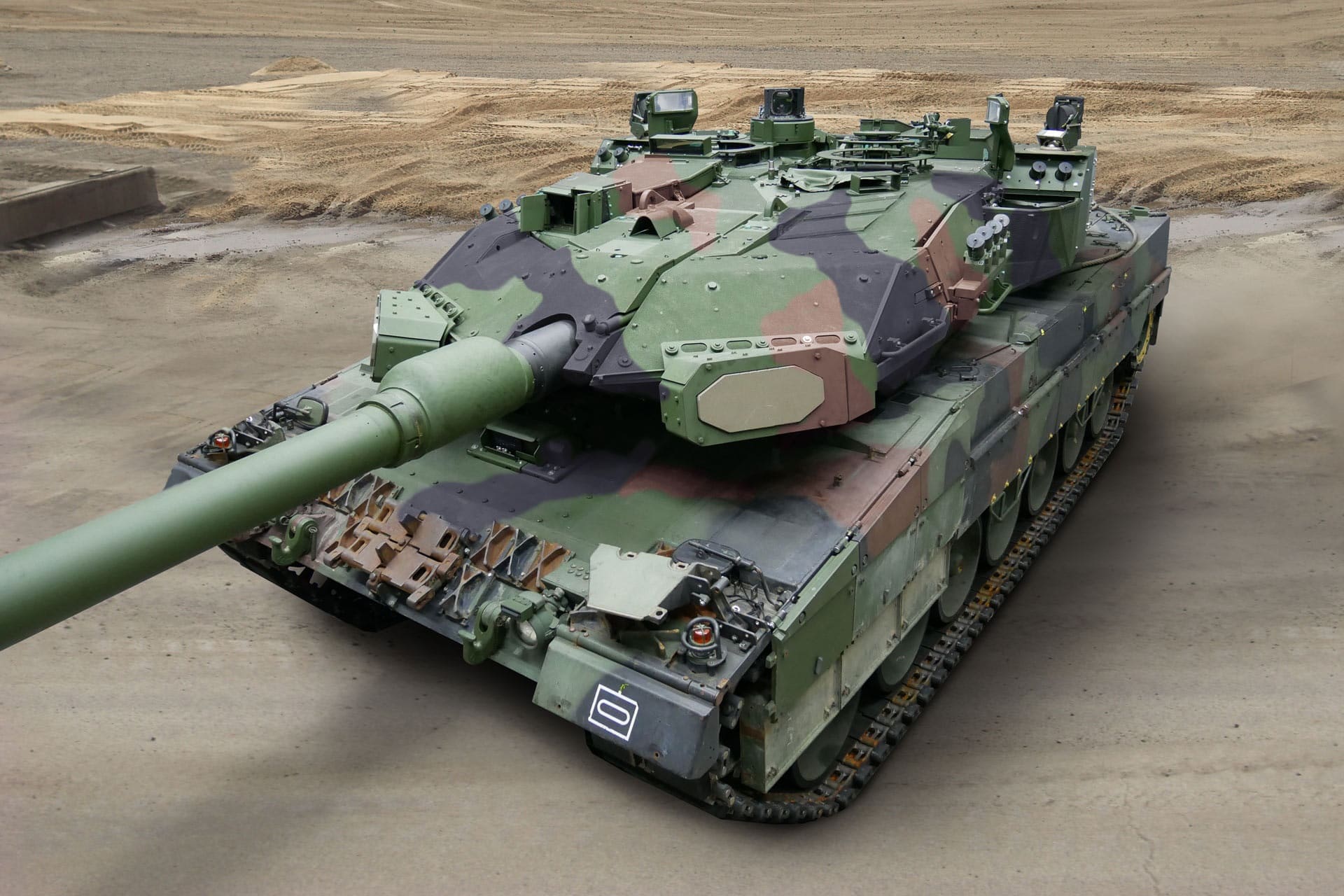Rishi Iyengar
Silicon Valley has spent years courting India, but its companies face an increasingly tricky censorship minefield in the world’s largest democracy.
This week, India made global headlines by banning a BBC documentary on its prime minister, Narendra Modi, which focused on his role in religious riots in the state of Gujarat in 2002 when he was the state’s chief minister. The broadcast ban included a directive to YouTube and Twitter under the country’s technology laws, demanding they take down links to the documentary, which a government advisor said the companies complied with.
A YouTube spokesperson told Foreign Policy that it blocked the documentary “due to a copyright claim” by the BBC but declined to confirm whether the Indian government had demanded a takedown. Twitter did not respond to a request for comment.
The Modi government cited “emergency” powers under new technology rules it enacted in 2021, buttressing existing laws with the power to take down any content it deems as contravening “the sovereignty and integrity of India, public order, friendly relations with foreign countries, etc.” Local employees of tech companies that flout the rules face the threat of jail time. Those rules, digital rights advocates and experts fear, have given Modi carte blanche to go after critics and opponents, shrinking the space for free speech—online and otherwise.
“Modi has always seen the media as an arena to control,” said Aliya Bhatia, a policy analyst at the Center for Democracy and Technology’s free expression project. “Tech companies are an extension of this arena of control for this government. The real issue here is about the impunity and opacity with which Modi is using emergency powers to control what users can say online.”
Having spent several years welcoming global tech companies into India, Modi and his government are increasingly now trying to bring them to heel. A series of clashes with the likes of WhatsApp, Twitter, Amazon, and Netflix indicate that social media and the digital realm are becoming ever more integral to Modi’s long-standing effort to control the public narrative and shut down critics.
 O
O:quality(100)/cloudfront-us-east-1.images.arcpublishing.com/thesummit/4SOIA5SIGFCXDPE6YUTUFVJHGA.jpg)




 Iran's mullahs have made significant advances by tripling their nuclear program's capacity to enrich uranium to 60%, a short step away from the 90% purity required to build a nuclear weapon. (Image source: iStock)
Iran's mullahs have made significant advances by tripling their nuclear program's capacity to enrich uranium to 60%, a short step away from the 90% purity required to build a nuclear weapon. (Image source: iStock)






